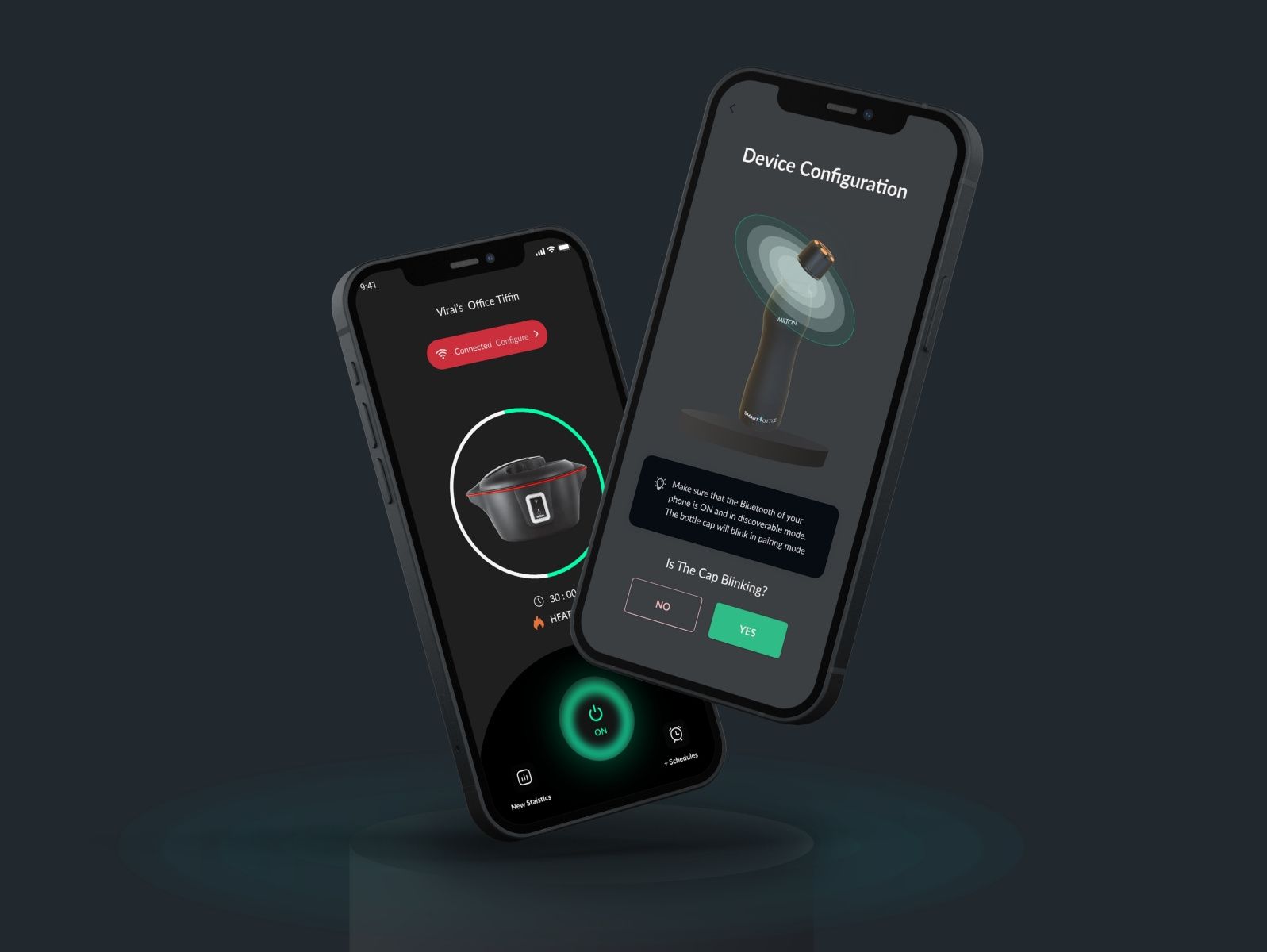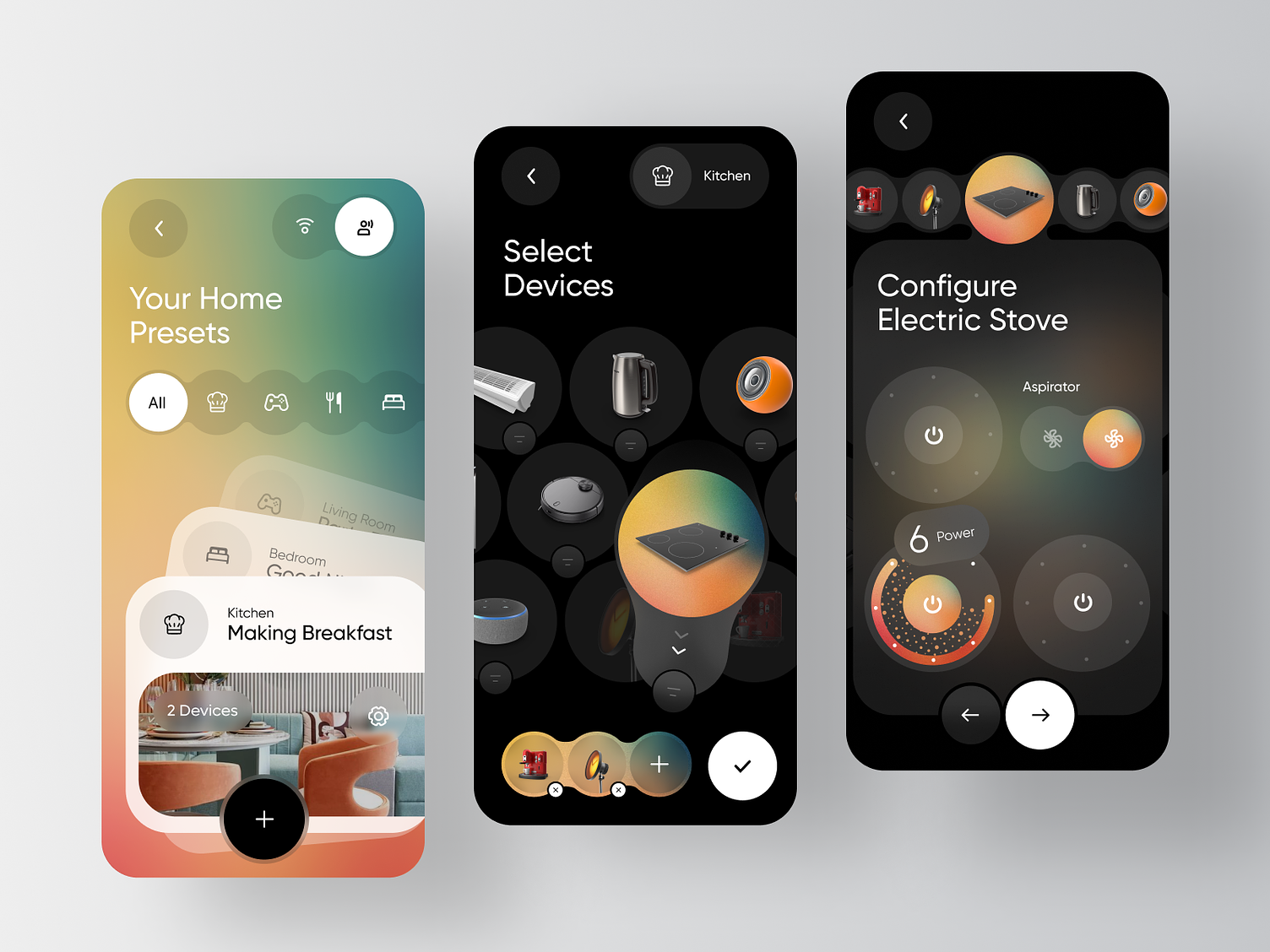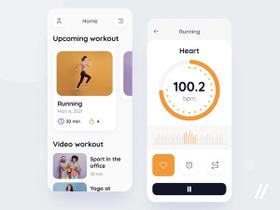What is IoT Device Management?
Published: July 9, 2024
8 min read
In this article, you'll learn:
1
🤔 What is it and Why it’s Important?
2
🚀 Benefits of Using IoT Device Management
3
🌐 How does it Work?
4
⚙️ IoT Device Management Platforms
5
👂 Takeaways
In a world that is becoming increasingly interconnected, the Internet of Things (IoT) has emerged as a transformative force. IoT has ushered in a new era where everyday objects, from household appliances to industrial machinery, are equipped with sensors, software, and connectivity, enabling them to collect and exchange data. As this phenomenon continues to evolve, the need for efficient IoT device management becomes paramount.
IoT devices aren't just increasing; they're multiplying incredibly fast. According to statistics from TechJury, the number of IoT devices is growing exponentially, with an anticipated 14.4 billion IoT devices expected to be in operation by the end of 2023. What's even more staggering is the projection that this number will surge to a staggering 27 billion IoT devices by the year 2025.
In this article, we will explain what IoT device management is, its benefits, how it works in detail, and which technology stack is ideal. Let's get started!
🤔 What is it and Why it’s Important?
Before we dive into the details, let's first clarify what IoT devices are. An IoT device is a specialized computing device that operates outside the realm of standard computers and mobile devices. While traditional devices (like tablets, desktops and so on) serve common computing purposes, IoT devices, including low power IoT devices, and those used in mobile app wearables development, are designed with a distinct mission: they collect and transmit data to enable smarter and more connected environments. For example, lighting systems, security solutions, wearables, thermostats, fitness trackers, and various sensors.
IoT device management is the practice of overseeing, controlling, and maintaining IoT devices within an organization's IT ecosystem. This encompasses a range of tasks and procedures aimed at ensuring the optimal functionality and security of these devices. Key aspects of IoT device management include:
- Configuration and Deployment;
- Software Updates;
- Location Tracking;
- Diagnostics;
- Data Usage Management.

Effective IoT device management is essential for ensuring the seamless operation of IoT applications developed for various industries.
(image by Rahul KC)
The sheer proliferation of IoT devices underscores the critical importance of IoT device management. As the number of these devices continues to surge, so do the potential risks associated with them, such as cyberattacks and data interception by third parties.
One common misconception is that IoT devices are entirely autonomous and require no oversight. While some devices may operate with minimal intervention, the IoT device lifecycle demands careful management. This includes tasks like deploying and configuring new devices, monitoring data usage to prevent unforeseen costs, reporting on device locations for logistical efficiency, applying firmware updates and software patches to ensure security, and troubleshooting any issues that may arise.

IoT device management involves using sophisticated software to efficiently organize devices, ensuring seamless connectivity and optimal performance.
(image by Jack R.)
Managing a small number of IoT devices manually might be feasible, but as the scale grows, so does the complexity. Manual management can lead to inconsistencies across the IoT device inventory, resulting in outdated software, lost or malfunctioning devices, data overages, and inaccurate reporting.
IoT device management also plays a crucial role in sectors like electronic mobility, where real-time monitoring and efficient maintenance are essential for optimizing performance and ensuring seamless user experiences. In electric scooter app development and evaluating the cost to create an app like Lime, effective IoT device management is key for tracking scooter locations, monitoring battery levels, and pushing Over The Air (OTA) updates.
Thankfully, there's a solution to this challenge—an IoT device management platform. These platforms offer a systematic approach to optimize your device inventory and address the complexities of managing a growing fleet of IoT devices. In the following sections, we'll delve deeper into these management platforms.
🚀 Benefits of Using IoT Device Management
IoT device management isn't just a technological convenience; it's a strategic necessity for organizations seeking to harness the full potential of the Internet of Things. By providing robust tools and solutions, IoT device management offers a myriad of benefits that significantly enhance operational efficiency and security.
Let’s explore these key features in detail 👇
Benefit | Description |
|---|---|
Faster IoT Device Registration | IoT device management tools expedite the development, configuration, and deployment of connected devices, enabling rapid network activation. It also facilitates future scalability with reduced time and effort. |
Improved Device Organization | Effective device management allows devices to be grouped and organized hierarchically, with tailored access policies, streamlining tracking and aligning devices with established business and security practices. |
Simplified Remote Device Management | IoT device management enables remote software updates, security patches, reboots, and factory resets for entire IoT fleets, resolving issues without physical access to devices. |
Enhanced Device Locating | IoT device management employs device attributes to pinpoint specific devices in real-time within extensive networks, simplifying troubleshooting and retrieval processes. |
🌐 How does it Work?
In order to understand how IoT device management works, let's look at each stage:
1. Device Registration
Each device, often starting as a prototype in IoT, needs to connect to the Internet for the first time. Therefore, the first thing you need to do is register your device on the platform.
2. Configuration and Provisioning
Once a device is registered, it needs to be configured and provisioned for practical use, which is a critical step when you aim to build companion apps for these devices. This involves several key components, such as:
- IoT Policy: A document specifying what actions a device is allowed to perform, including data transmission and reception. Linking this policy to the device certificate is crucial for granting access within the IoT core.
- IoT Device/Sensor: The actual IoT device or sensor that will collect and transmit data. For large-scale deployments, automated provisioning methods are available to streamline this process.
3. Data Exchange
IoT devices communicate through two primary protocols:
1. MQTT: A lightweight, efficient protocol ideal for scenarios with limited network bandwidth. It excels in device-to-device communication, commonly used in IoT solutions.
2. HTTP: A web-based protocol suitable for transmitting data over the internet. While it supports more extensive data payloads, it may not be the best choice for low-bandwidth environments.
4. Data Analysis
The final phase involves extracting insights from the data generated by IoT devices, which is crucial when you develop a mental health app to ensure personalized and effective user engagement. This is achieved through the following steps:
- Workflow Execution: Establishing predefined workflows to respond to specific data triggers. For instance, if an IoT temperature sensor detects a deviation from the desired range, an automated notification can be sent to relevant users.
- Maintenance: Ensuring the continued operational integrity of IoT devices through periodic checks and maintenance plans. Proactive measures can be implemented to address issues like devices ceasing data transmission.
- Action and Analysis: Connecting IoT devices to execute actions based on collected data. For example, if temperature sensors signal an elevated room temperature, the air conditioner can automatically adjust to maintain the desired level.

All of this helps organizations to efficiently oversee and optimize their IoT ecosystems for enhanced functionality and security.
(image by Design Monks)
⚙️ IoT Device Management Platforms
Here are some well-known platforms for IoT device management:
-
AWS IoT provides cloud-based services that facilitate the connection of IoT devices to both other devices and various AWS cloud services, complementing tools like React Native BLE Manager. AWS IoT Device Management supports a variety of protocols, including MQTT, MQTT over WSS, HTTP, and LoRaWAN, all of which can be integrated with the support of a BLE mobile app development company. Security is a top priority, and AWS IoT offers robust encryption and access control mechanisms.
-
Azure IoT, a cloud platform from Microsoft, offers scalable, secure solutions for IoT projects. Azure IoT Hub facilitates reliable and secure communication between IoT devices and the managing IoT applications. It simplifies IoT deployment by offering automated device provisioning services.
-
The Google Cloud IoT) platform provides a scalable and fully managed environment for interacting with a global network of devices. From data ingestion to intelligence, Google Cloud IoT's building blocks empower you to extract value from device data. With Google Cloud IoT Core, you can predict maintenance needs, optimize device performance in real-time, detect anomalies, monitor device status, and foresee potential downtime. Effective IoT device management often incorporates the Web BLE API for seamless operations.

The IoT device management platform relies on robust device management software to efficiently control and monitor connected devices.
(image by Jack R.)
👂 Takeaways
We hope this article has provided you with valuable insights into IoT Device Management. Let's summarize the key takeaways:
- Managing your IoT devices is crucial to prevent security risks and ensure smooth operations.
- IoT Device Management offers a range of benefits, from faster device registration to streamlined organization, simplified remote management, and enhanced device locating.
- Using platforms for IoT Device Management can greatly simplify your work, unlock the full potential of IoT, and optimize the cost of IoT mobile application development.
We also advise you to familiarize yourself with our IoT application development experience 👇
If you have questions or need further assistance, please don't hesitate to reach out to us. We're here to support you on your IoT journey. Just contact us!
Was it helpful?
Read also
Our clients say
![Stormotion client Alexander Wolff, CPO from [object Object]](/static/a16ba3c9580effc3ab9a68d115eadffe/b0e74/alex.png)
When I was working with Stormotion, I forgot they were an external agency. They put such effort into my product it might as well have been their own. I’ve never worked with such a client-focused company before.
Alexander Wolff, CPO
Sjut






